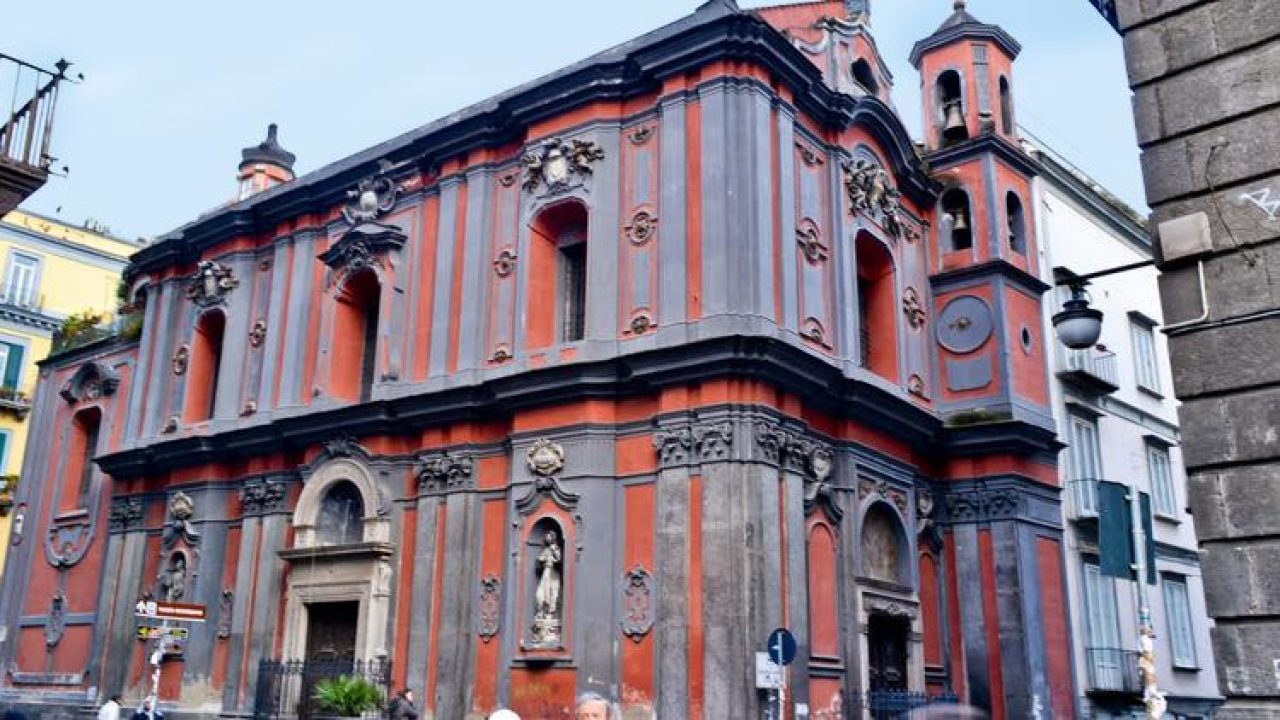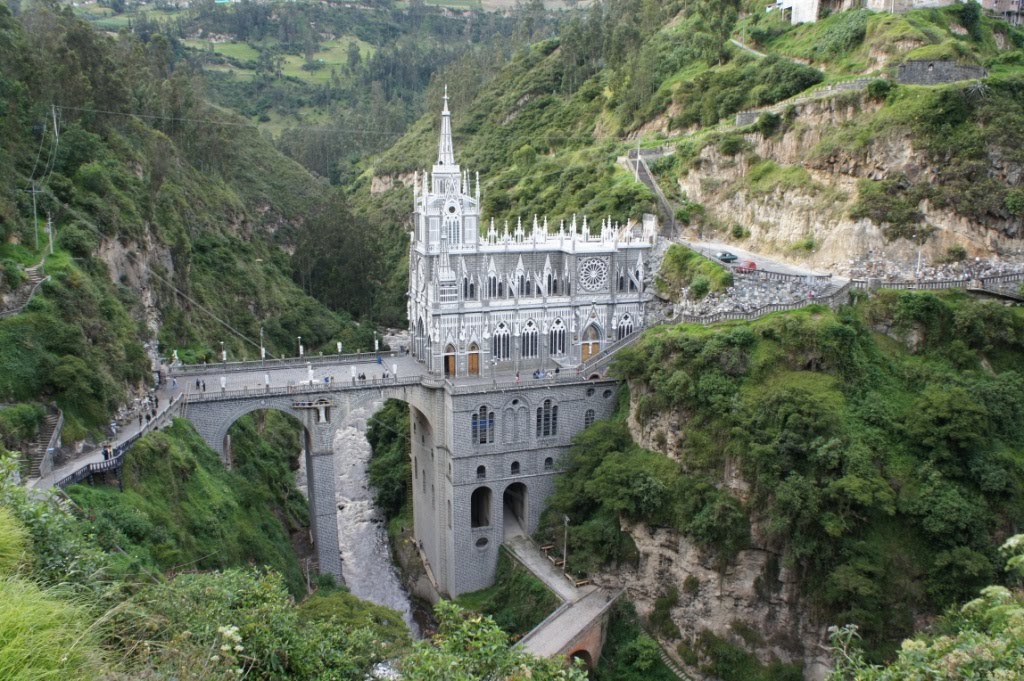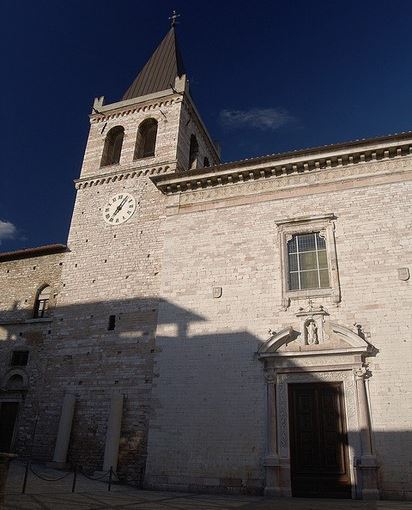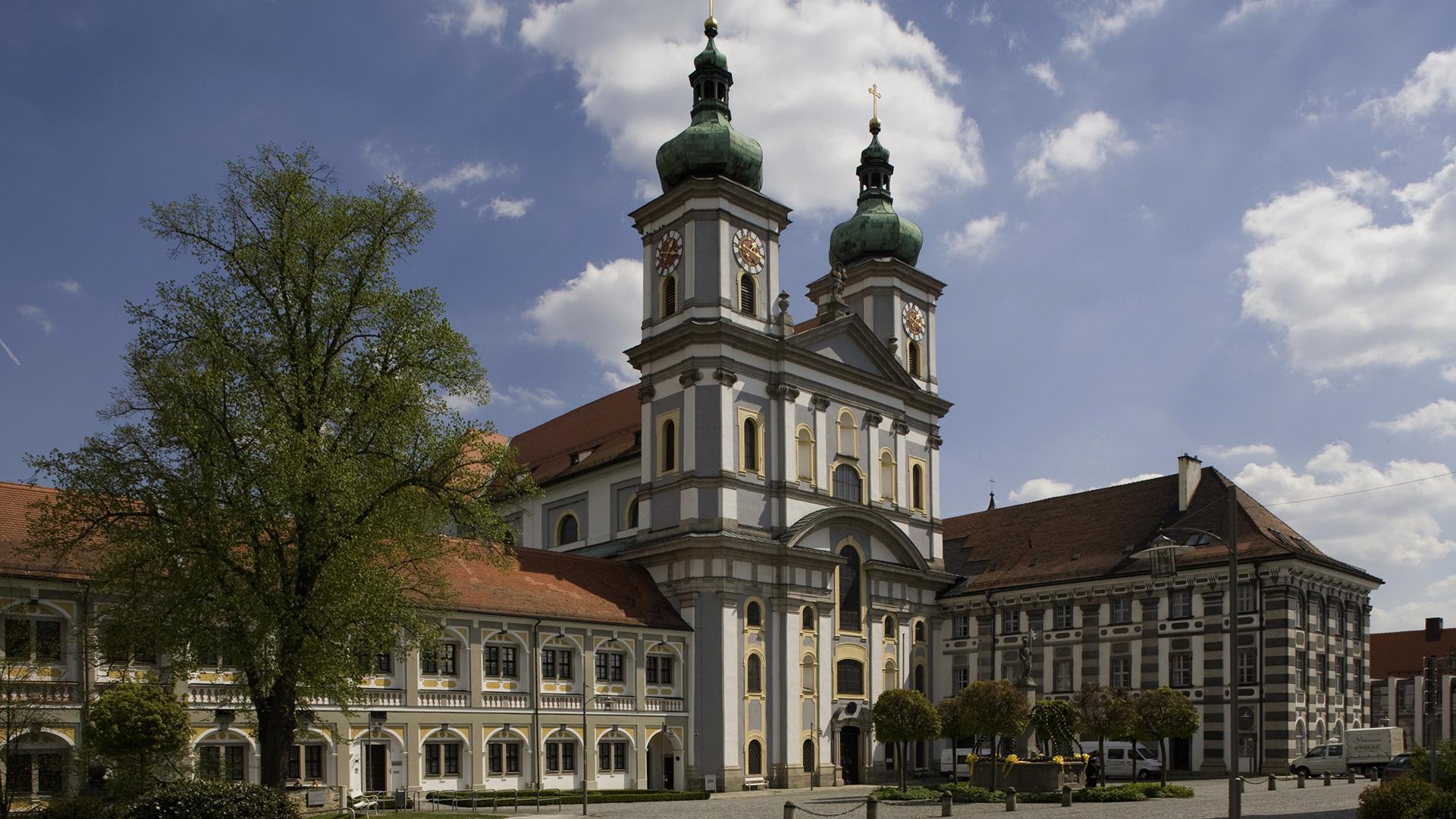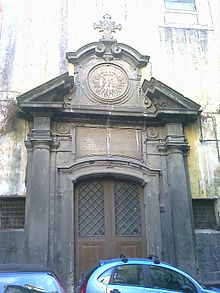The church of Sant’Angelo a Nilo, also known as the Brancaccio Chapel, by the family who commissioned its construction, is located in the historical heart of Naples, in the chaotic and cheerful Spaccanapoli. The name recalls the Hellenistic statue of the Nile, placed on a high base in the little square of the same name not far away.
The building has two facades, the first on Via Mezzocannone, shows a Gothic marble portal, the second on the side of Piazzetta Nilo, has an elegant 15th century portal. The remake that gave the building its current appearance dates back to 1709, by Arcangelo Guglielmelli, the only element that dates back to the ancient Gothic-Catalan construction is the main portal, on Via Mezzocannone.
The church has a single nave, rectangular in shape, without transept and with only two chapels and a sacristy, all located on the right side. On the high altar, you can see a splendid canvas attributed to Marco da Siena representing St. Michael hunting Lucifer.
The church preserves important sculptural evidence, in particular the tomb of Cardinal Rinaldo Brancaccio, executed in Pisa between 1426 and 1428 and then sent to Naples. The tomb was made by the young Donatello, his friend Michelozzo and Pago Di Lapo. This extraordinary masterpiece, is located to the right of the altar, and repeats the shapes of the Neapolitan tomb descending from Tino Da Camiano: a sarcophagus supported by three statues representing the theological virtues. The sarcophagus is protected by a Renaissance style canopy.
To the left of the high altar, we find instead, the baroque tomb of Cardinals Francesco and Stefano Brancaccio, brothers Pietro and Bartolomeo Ghetti.
Inside the church, there is a closed chapel, where, according to tradition, the remains of Santa Candida Juniore are kept.
A small door on the right side of the building leads to the courtyard of Palazzo Brancaccio, the founders of the first Neapolitan public library, now collected in the National Library of Naples.
